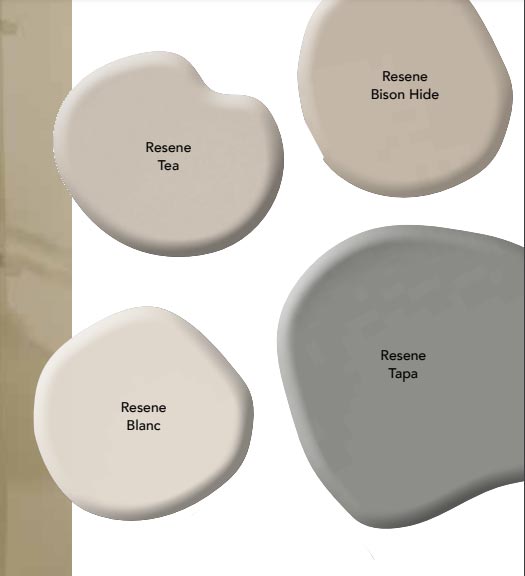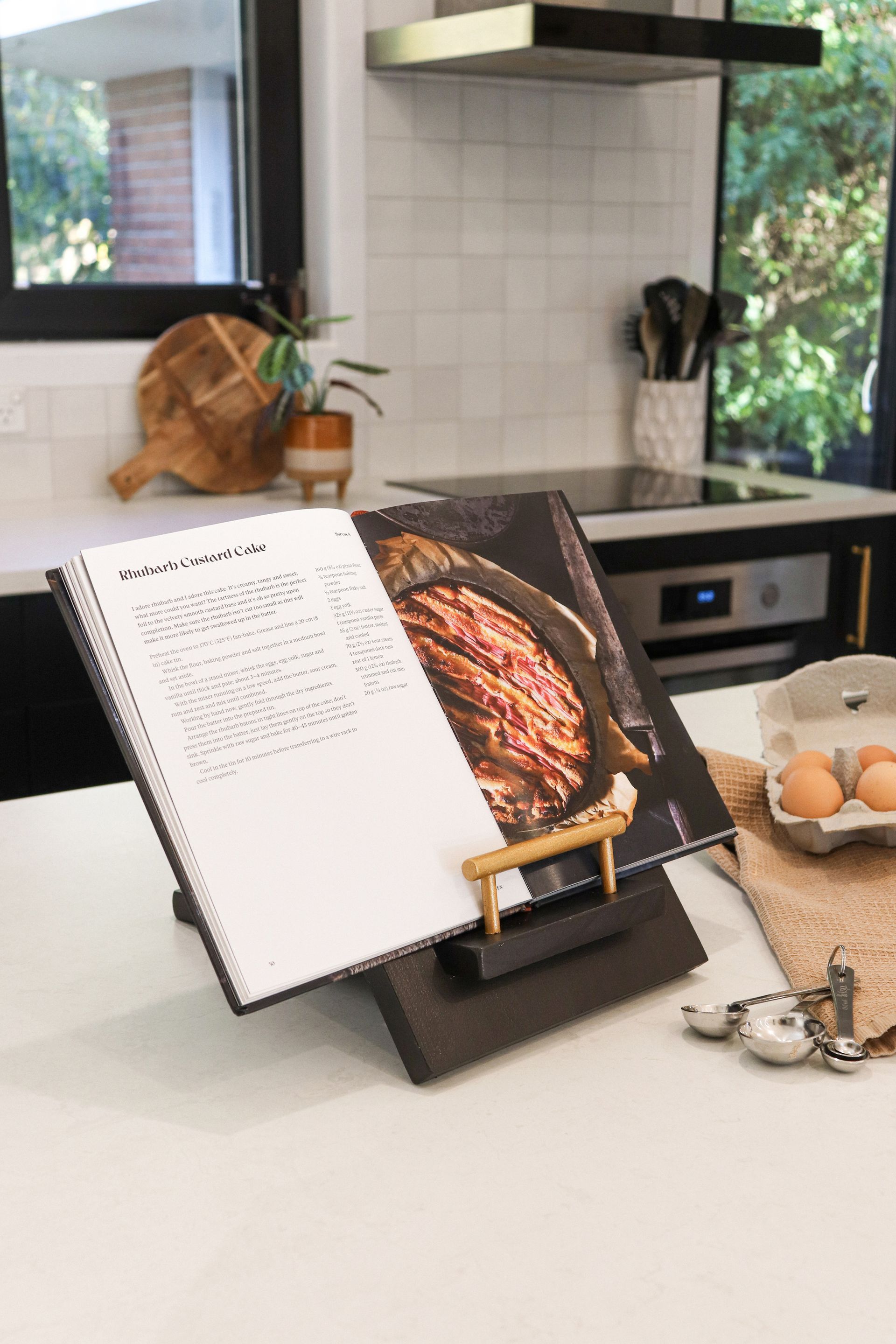Neutrals have such a calming style and are super versatile within any space. But going neutral doesn’t have to mean boring. Resene colour consultant Brooke Calvert explains.
Often when we talk about ‘neutrals’ many of us conjure thoughts of white or cream, forgetting many neutrals still involve a touch of colour but on a softer more muted scale.
Popular neutrals in recent years have leant towards cool greys and whites, whereas current trends see us heading into neutrals with more warmth and character. With everything going on in the world at present it is no wonder we are seeking softer warmer and more comforting colours to fill our spaces.
These slightly more complex neutrals provide more depth in their subtle undertones. Think stone greys, biscuit beiges, blush suedes, steeped whites, olive taupe, slate greys and complex pewters. Resene Cobblestone, Resene Anglaise, Resene Calico, Resene Tea, Resene Cargo, Resene Blue Bark and Resene Silver Chalice represent the new neutrals that are trending today.

Immensely flexible thanks to their rich and intricate undertones, each of these hues makes a solid base for those of us who like to regularly change up their accent décor. Simply layer them with warmer-toned accessories in shades like Resene Fire and Resene Americano in the cooler months, and crisper tones like Resene Quarter Frozen and Resene Zumthor when the mercury rises to regulate the ‘visual temperature’ of your home.
While tonal or tone-on-tone looks originated with layering multiple strengths of a single hue within a space, today this trend usually sees a variety of colours being used together for added depth and interest. For example, rather than using Resene Tea on your walls, Resene Half Tea on your floor, Resene Quarter Tea on your trims and Resene Eighth Tea on your ceiling, mix and match a number of colours that have similar undertones together. Pair Resene Tea walls with a floor in Resene Blanc, furniture and trims in Resene Bison Hide and accessories in Resene Tapa, for a richer look.
For even more texture, try layering a number of similar timber tones within the same space.
Walls in Resene Silver Chalice look extra sophisticated with a wooden floor finished in Resene Colorwood Mid Greywash, timber furniture stained in Resene Colorwood Ironbark and accessories in Resene Quarter Sandstone, Resene Dune and Resene Mondo.
Need help with the right colour palette for your home? Visit your local Resene ColorShop or book a Resene Colour Consultation, in store, virtual, or the Resene Colour Expert can come to you – resene.co.nz/colourconsultation.
A Resene Colour Expert can help you coordinate your look and give you the confidence to get decorating. View the full range of wallpapers and colours at your local Resene ColorShop. resene.co.nz/colorshop.
Recent stories



All Rights Reserved | CountryWide Media

